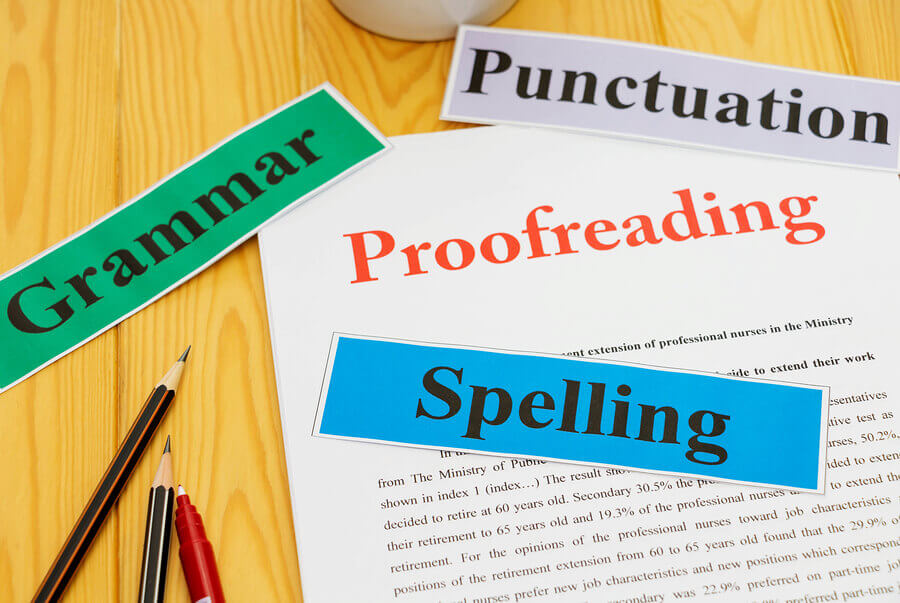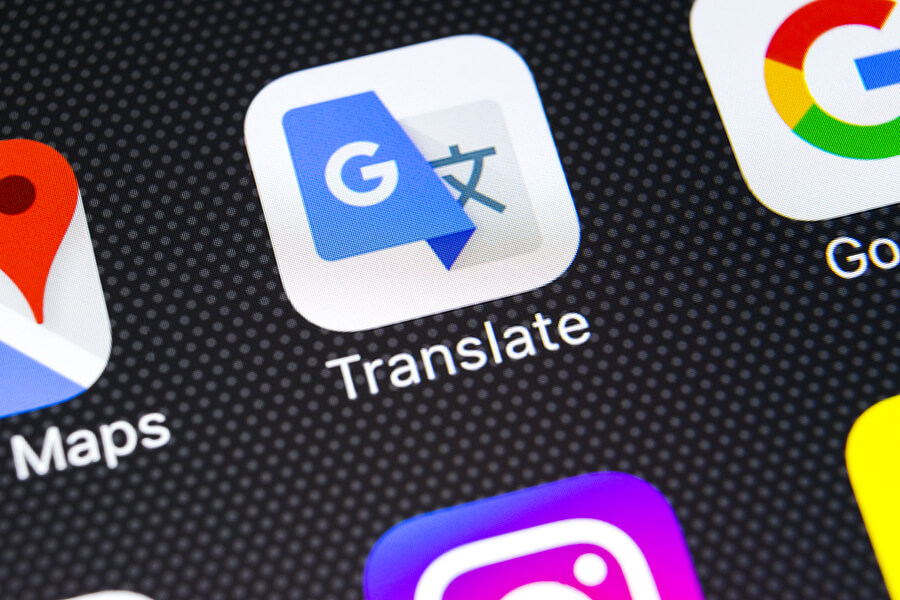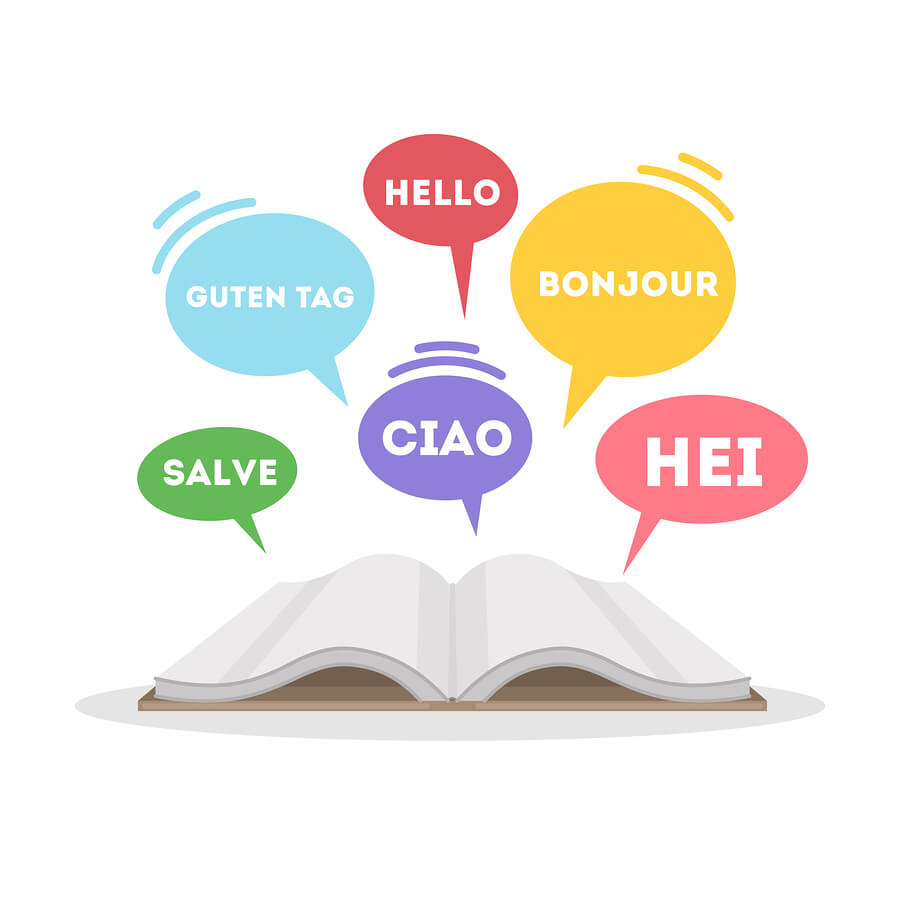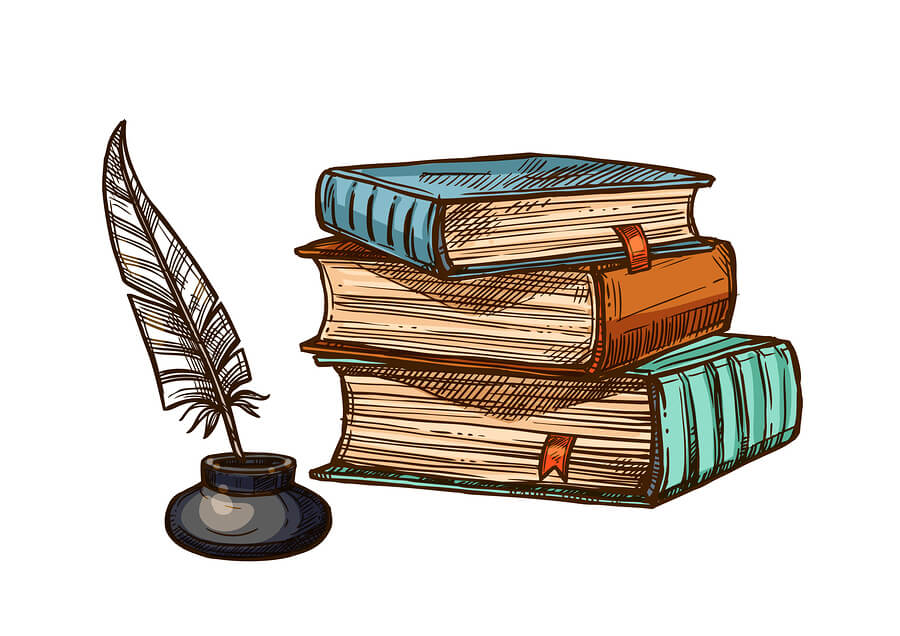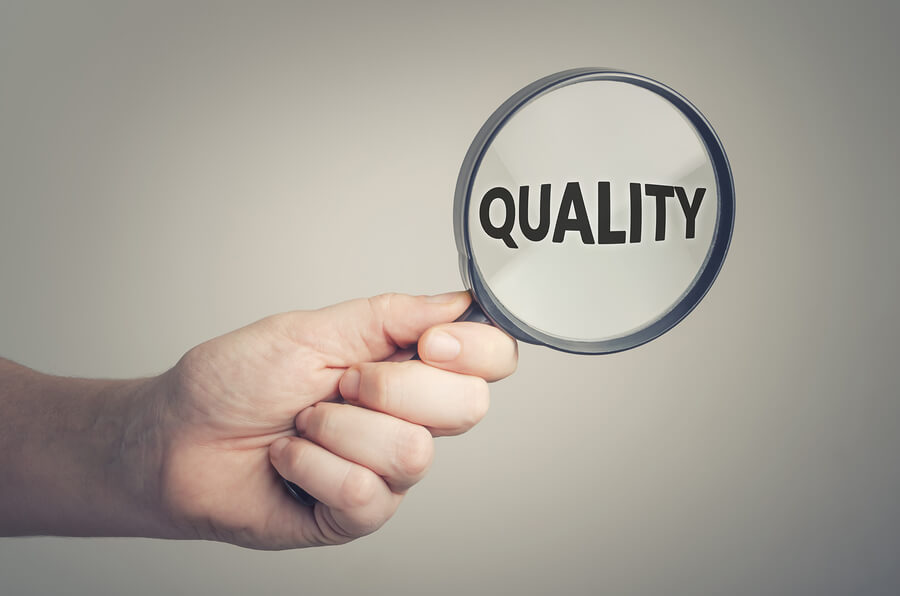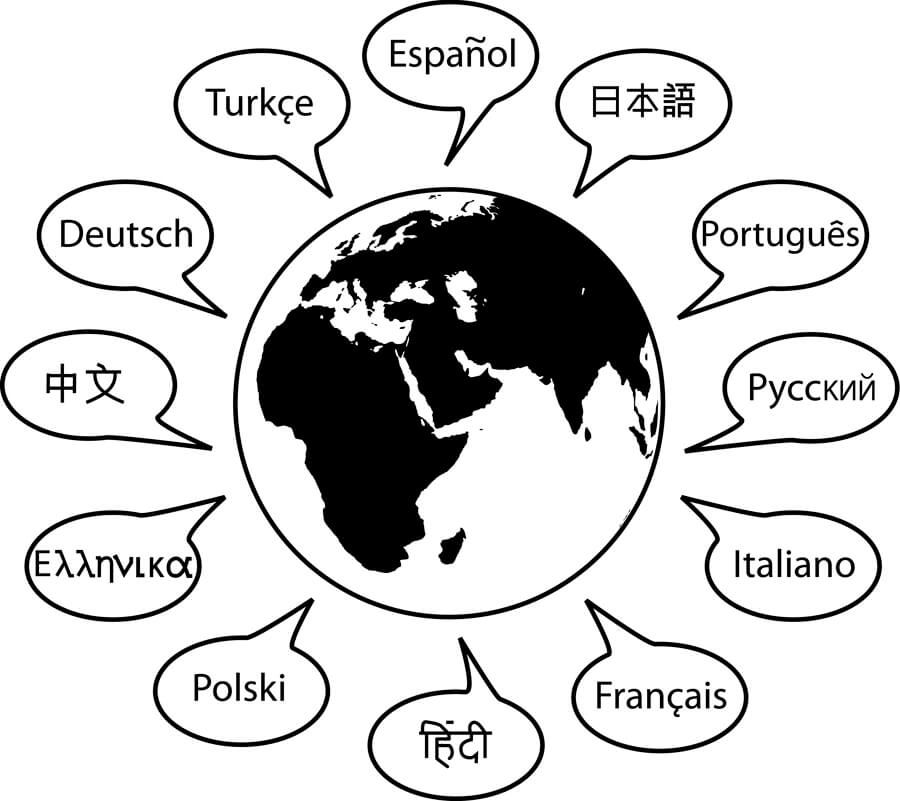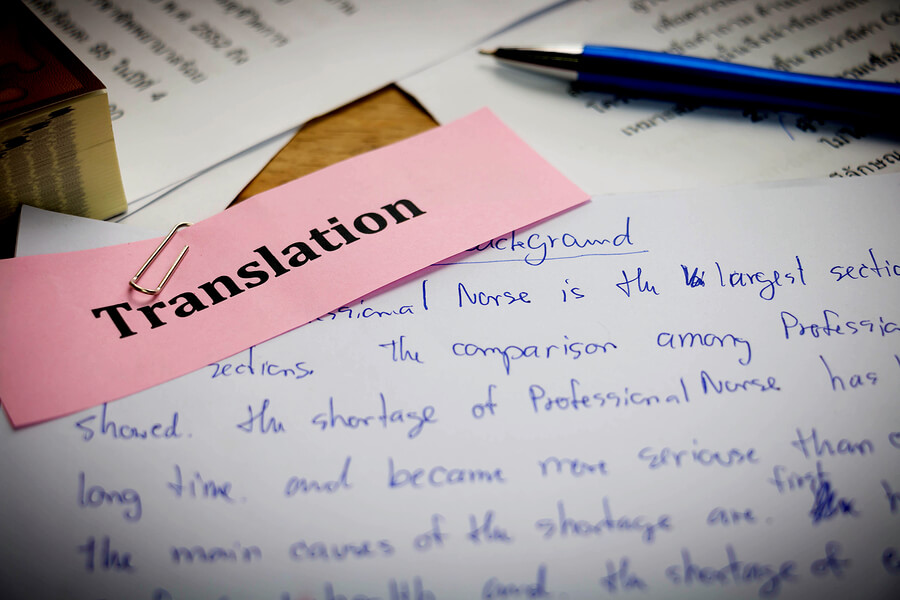If you are the sort of person who hates seeing any errors in text and the mistakes stand out so that the text doesn’t read well you could earn extra money in proofreading because today there is high demand for quality texts. The only way this can be achieved is by thoroughly proofreading and correcting errors found in texts.
What Is Proofreading?
There is a misconception that all proofreaders need to be qualified with an English degree or even have special certification proving their skills as a proofreader. A proofreader’s job is to ensure that the message in a text is consistent and clear.
The job of a proofreader is to:
● Correct mistakes such as grammar, spelling, punctuation, and formatting
● Highlight possible ambiguities in a text
● Follow any style guides provided by the writer and ensure consistency
● Keep the writer’s message and style intact.
The equipment required by a proofreader
You won’t need specialized equipment and you don’t generally require special subject matter skills but what you require is:
● A computer
● An internet link
● Flexibility to work when required
● Ability to focus on detail
● Prepared to work alone
● A natural ability to work with text.
One of the most important features of a good proofreader is an excellent command of the English language. This typically means recognizing obvious grammar errors and being familiar with correct spelling and correct use of punctuation. For example, you should be able to recognize mistakes such as when a writer has incorrectly used both present and past tenses in the same sentence.
Because proofreading is a job that’s often given to freelancers you should have the ability to manage time well and not need to be prompted by clients who haven’t received the work by an agreed deadline. This gives you the best chance to earn extra money in proofreading.
The sorts of text that commonly need proofreading include:
● Blog posts
● Website content
● Guides, books & catalogs
● Ebooks
● Magazine and Journal articles
● Reports
● White papers
● Academic essays and dissertations papers
● Sales and marketing material
● Flyers and brochures
Where to get work
There are many websites that advertise to help you to earn extra money in proofreading. Some are sites that post job adverts while other sites are open for bids for jobs.
For proofreading work there are some businesses that advertise for proofreaders:
● Indeed
● Craigslist (writing/editing section)
● Upwork
● FlexJobs
● Freelance Writing (they post proofreading jobs)
● Fiverr
Potential proofreaders with a high-level academic background such as possessing a master’s or Ph.D., there are editing agencies that are able to match proofreaders with suitable clients.



